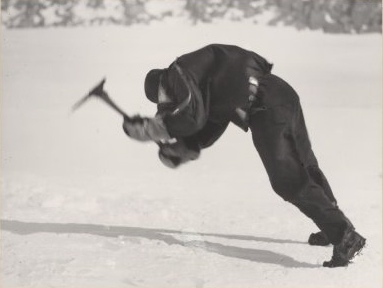epeolatry
n. the worship of words
A selection of adjectives, from Laurence Urdang’s Modifiers (1982):
abbatial, of an abbot
buccinal, of trumpets
cervine, of deer
compital, of a crossroads
contabescent, of atrophy
culicid, of mosquitoes
frumentaceous, of wheat
haruspical, of a soothsayer
macropodine, of kangaroos
natant, of swimming
obumbrant, of an overhang
orarian, of the seashore
pavonine, of peacocks
smaragdine, of emeralds
sphingine, of a sphinx
suspirious, of a sigh
trochilidine, of hummingbirds
tussal, of a cough
veliferous, of sails
“The word good has many meanings,” wrote Chesterton. “For example, if a man were to shoot his grandmother at a range of five hundred yards, I should call him a good shot, but not necessarily a good man.”

